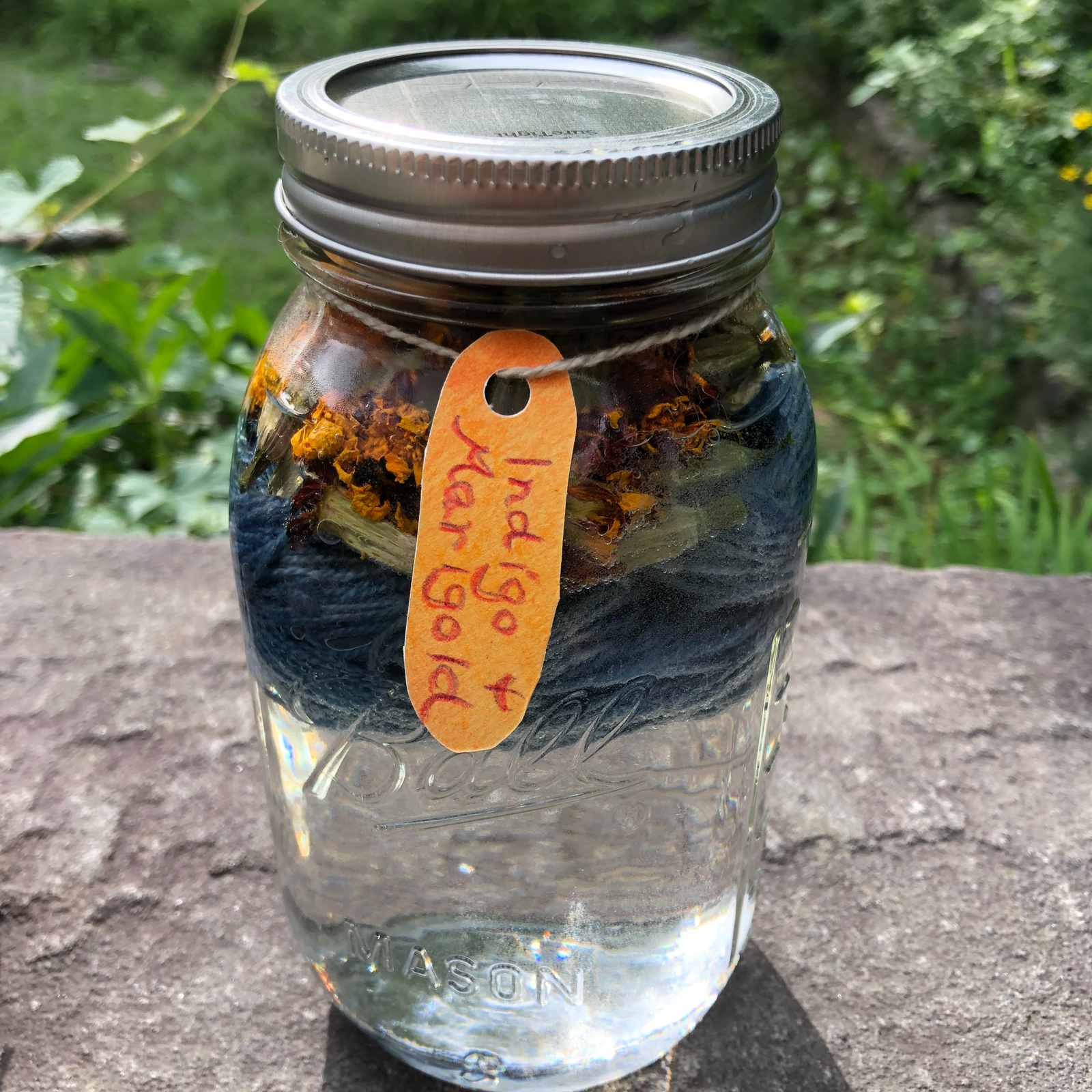Download (subscription required)
Purchase a website subscription


Waldorf curriculum conversations... Integration and places of intersection of Waldorf ideas with traditional approaches, homeschooling, Montessori and Reggio methods, and academia. Linked to waldorfcurriculum.com. Amazon Affiliate links are included in both my blog and my website.
getting ready to tie dye! For July, I am giving myself the gift of quiet. Staying in a cabin with no cell phone reception and no wifi, I...

Grades 1 - 8
How to Teach Spelling:
SWI in the Waldorf Environment

Other Ruzuku courses available:
Grade 1
 Immersive Experience
Immersive Experience
Grade 2
 Immersive Experience
Immersive Experience
Grade 3
Grade 4
Grade 8
doing my Waldorf Handwork Teacher Training
see my full profile on LinkedIn